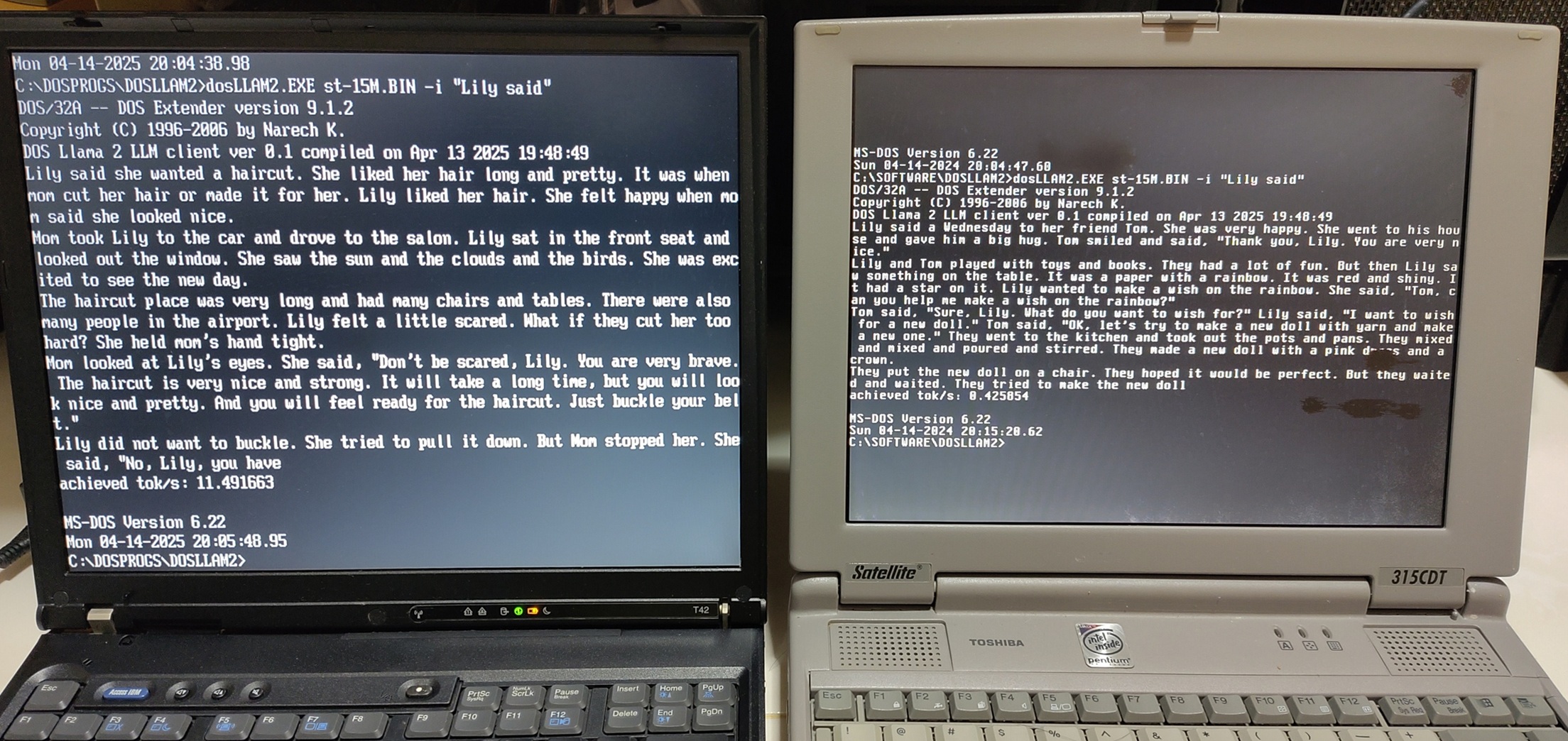
Ever thought of running a local Large Language Model (LLM) on a vintage PC running DOS? Now you can!

Maker, Coder, Private Pilot, Retrocomputing Enthusiast

Ever thought of running a local Large Language Model (LLM) on a vintage PC running DOS? Now you can!

If I were to tell you a PC has a floppy drive, optical drive, Sound Blaster card, serial, parallel and PS/2 ports running DOS, you would think I’m referring to a machine from the 1990s. But my very modern PC built in 2024 possess these characteristics!
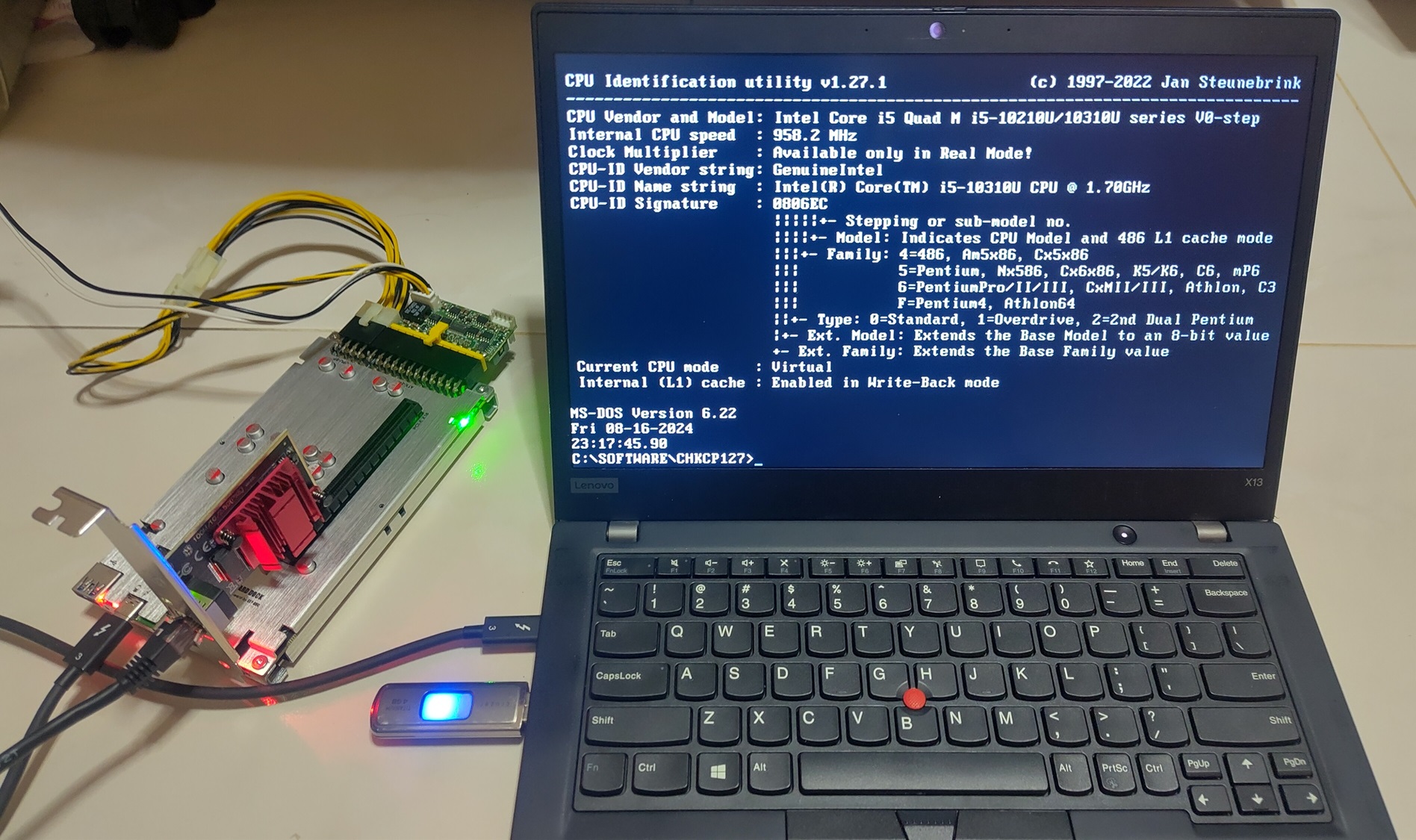
When one thinks of modern technologies like Thunderbolt, 2.5 Gigabit Ethernet and modern CPUs, one would associate them with modern operating systems. How about DOS?
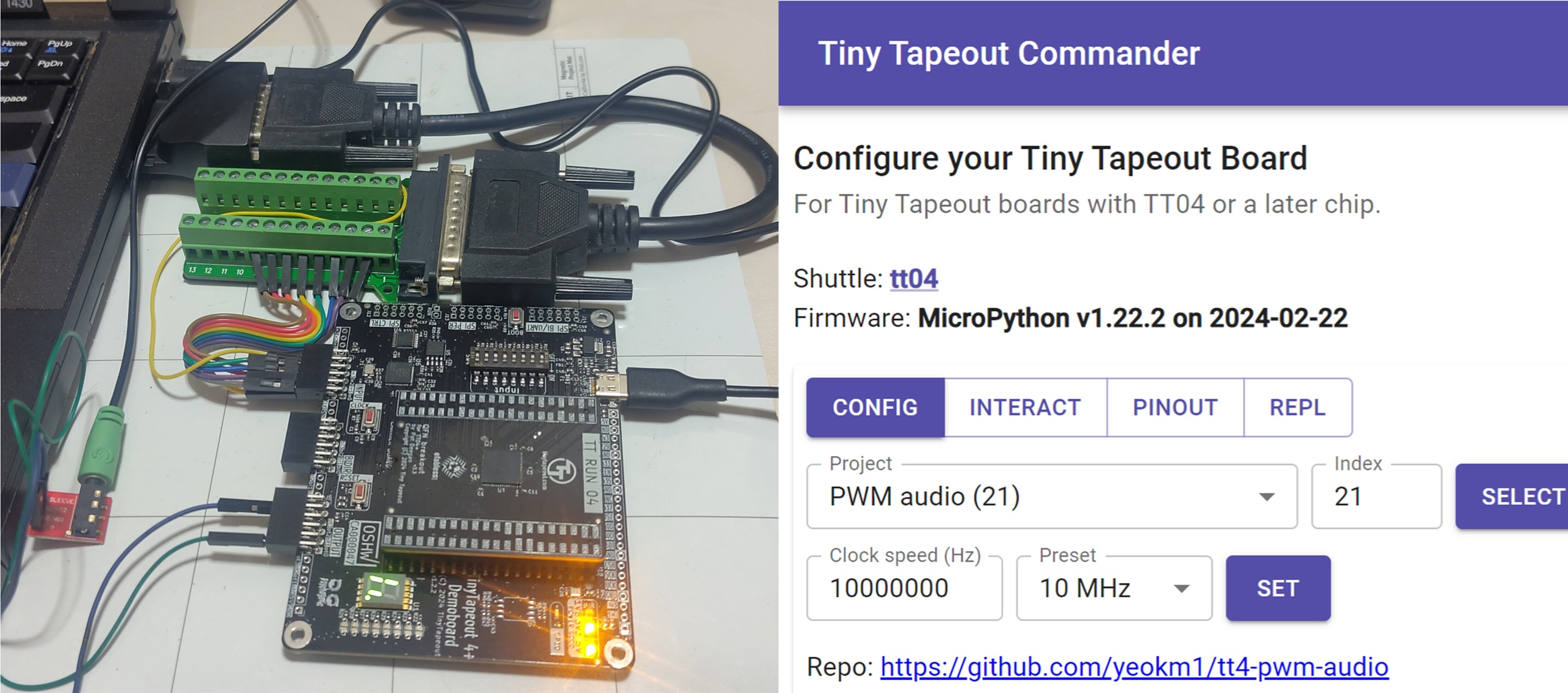
When one thinks of designing an Application-specific Integrated Circuit (ASIC) chip, one would typically imagine a very high production cost, lack of access to tools and individuals can’t really do this unless you work in a company or academia.
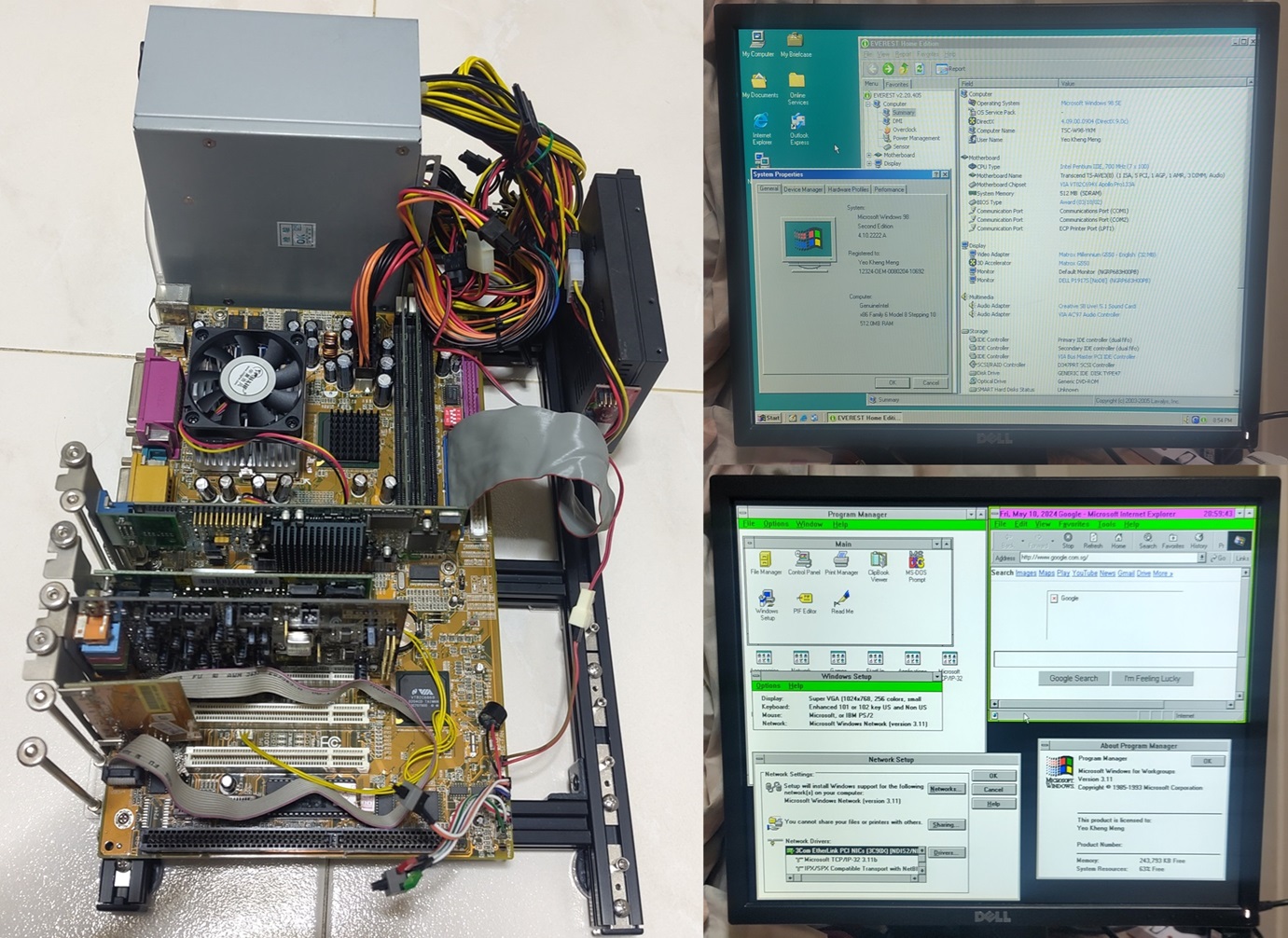
I have amassed a respectable collection of retro-PCs in the several years I have been engaging in my retrocomputing hobby. As part of this hobby, I regularly acquire vintage expansion cards from others. Testing these newly-acquired cards will require me to frequently disassemble my properly set up retro-machines which is a hassle to do.
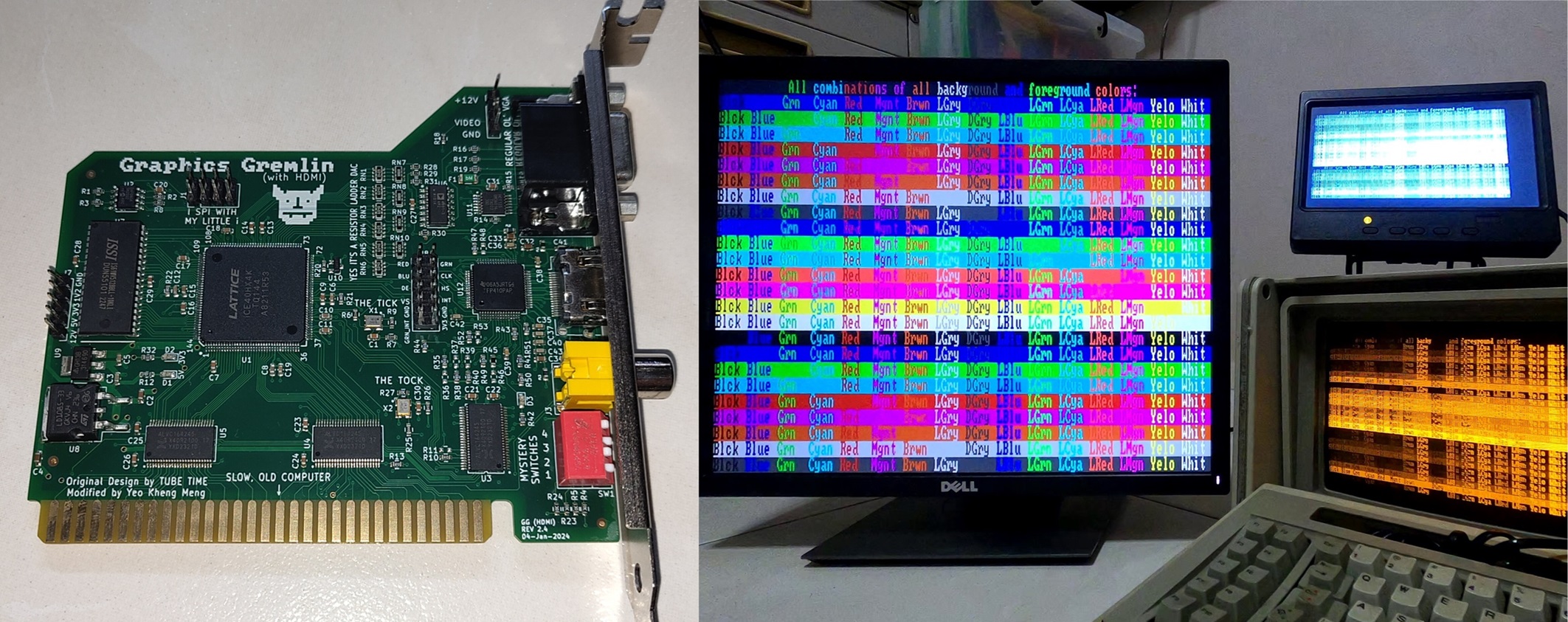
HDMI is a relatively modern video connector we take for granted on modern PCs and monitors. Now vintage PCs can join in the fun too with a native connection to modern HDMI monitors without any additional adapter.
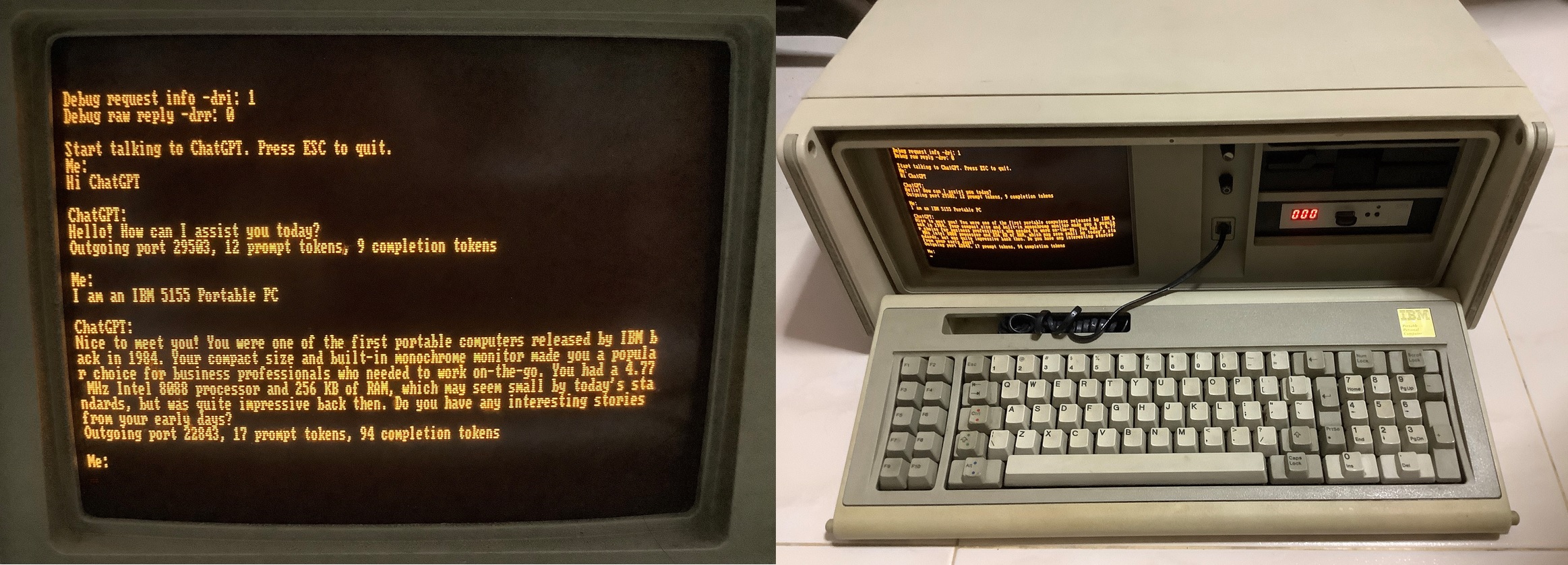
With the recent attention on ChatGPT and OpenAI’s release of their APIs, many developers have developed clients for modern platforms to talk to this super smart AI chatbot. However I’m pretty sure almost nobody has written one for a vintage platform like MS-DOS.
In October 2019, my company SP Digital held an internal hackathon. My colleague Subhransu and I worked on a whacky idea of writing a brand-new Windows 3.1 app which was an OS released almost 30 years ago. The idea we chose was a Slack client. After all, Slack clients exist for most platforms but I’m certain one does not exist for Windows 3.1.
3 years ago, I tore down the NDP 2016 LED wristband as I got one during the Singapore National Day Parade (NDP) Preview. 3 years later, I got another one during the NDP preview held on 28 July 2019.
What is the oldest x86 processor that is still supported by a modern Linux kernel in present time?